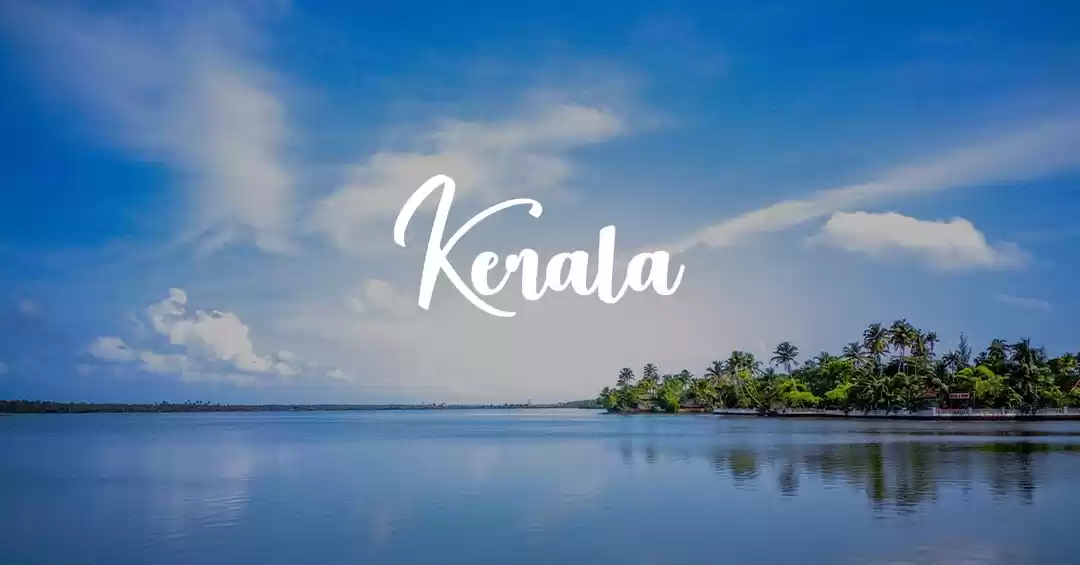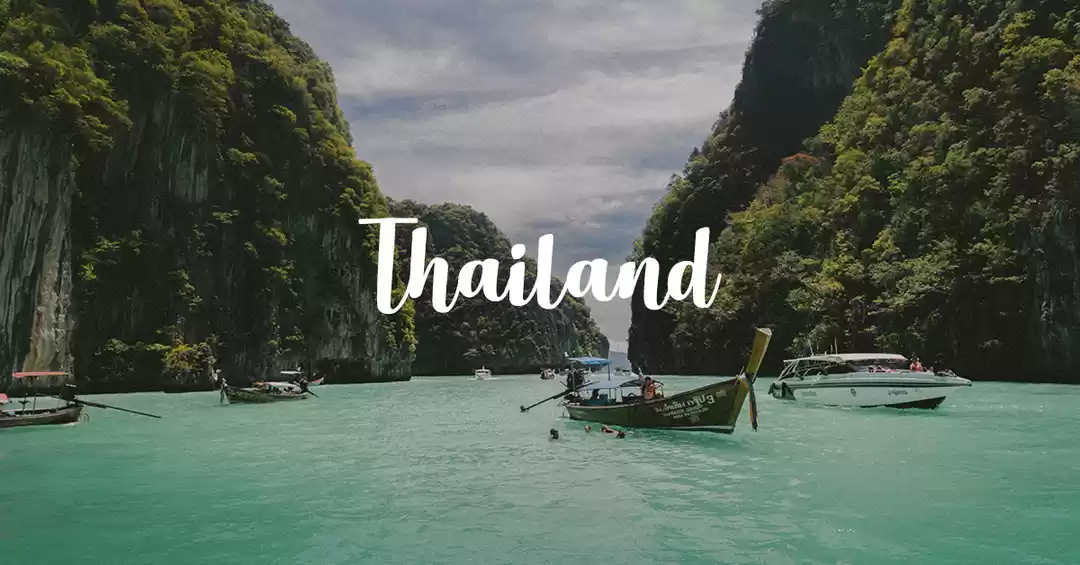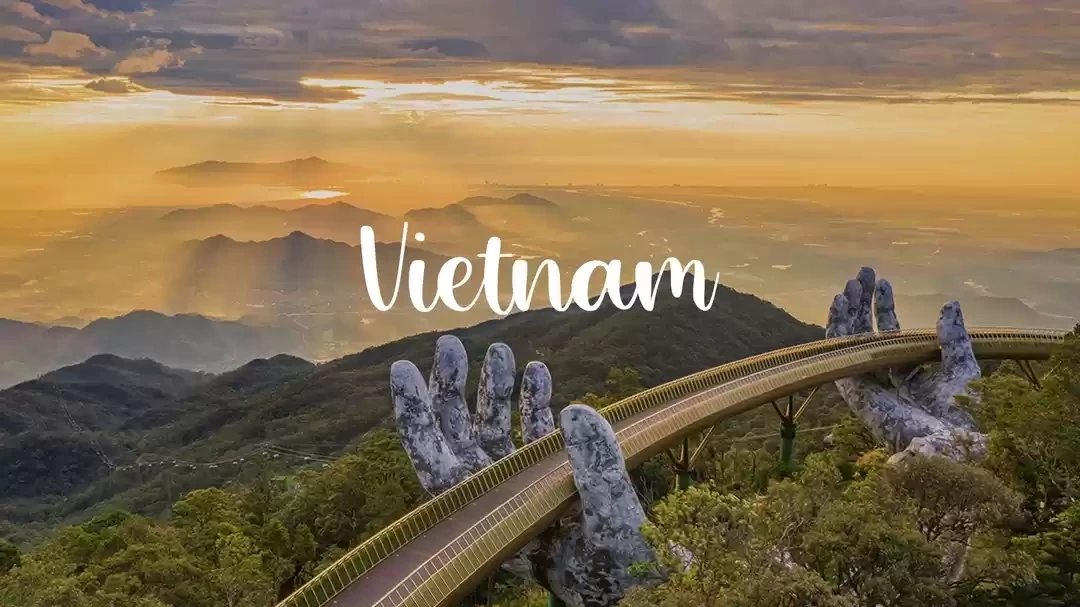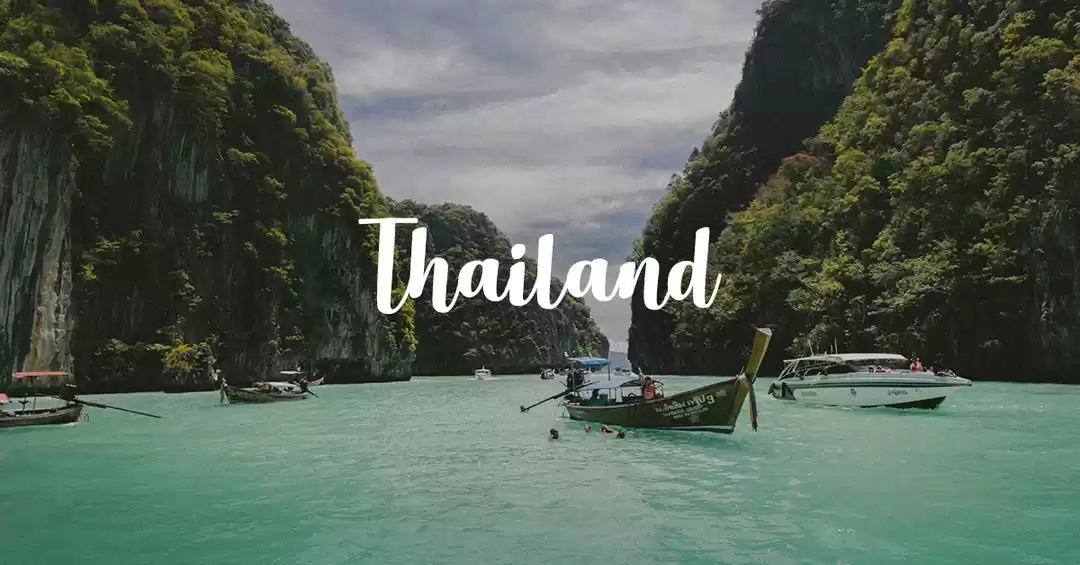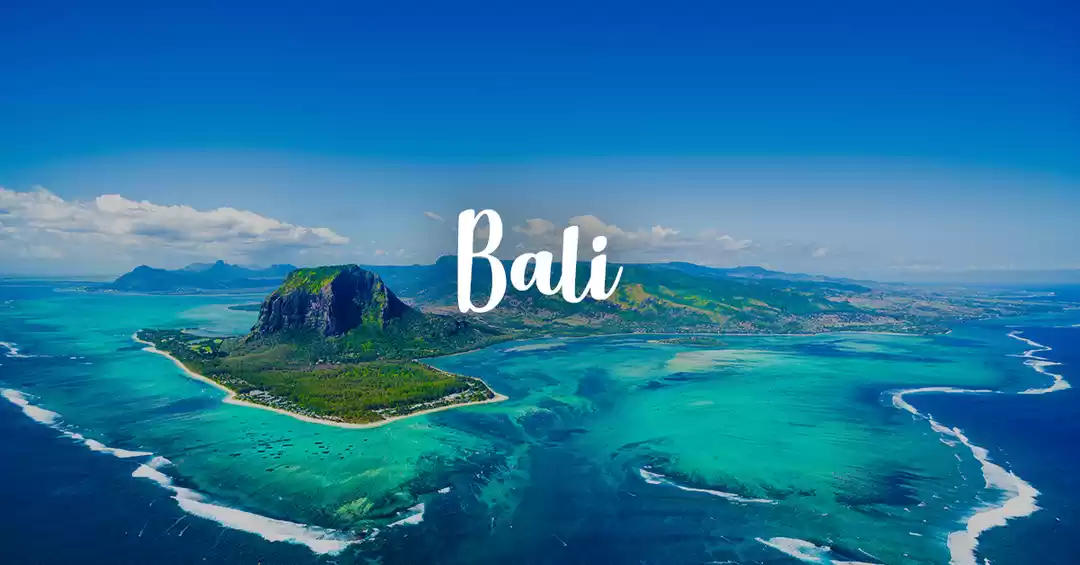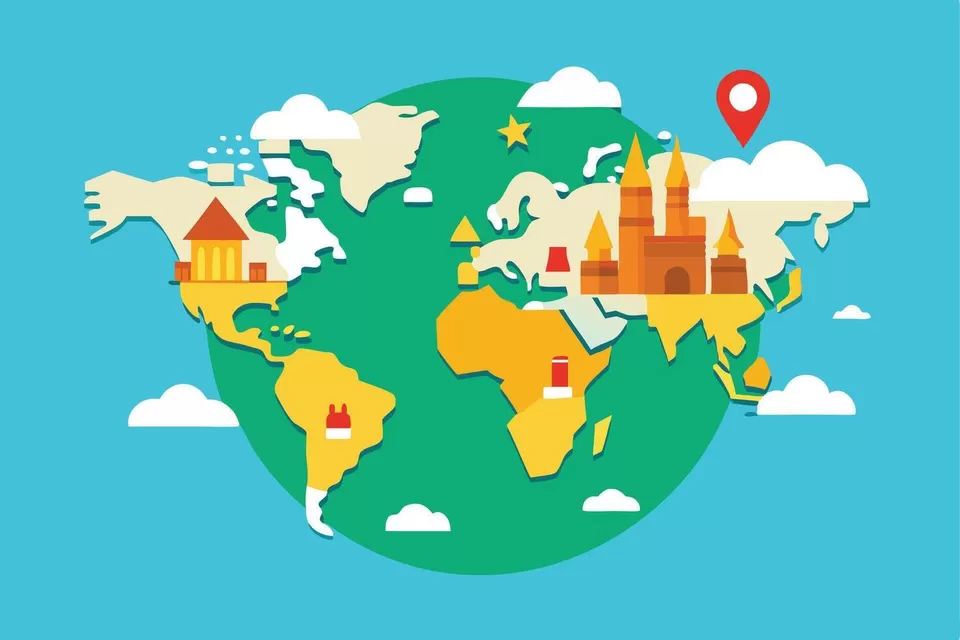
The dream of living abroad for a year stirs a unique blend of excitement and introspection. It’s a chance to step outside the familiar, immerse oneself in a new culture, and perhaps rediscover what makes life vibrant. To explore this idea, I gathered insights from 23 thought leaders across industries—marketing, law, wellness, and more—asking them where they’d choose to live for a year and why. Their answers, paired with data and my own reflections, paint a vivid picture of the world’s most enticing destinations. From bustling urban hubs to serene retreats, these choices reveal not just personal aspirations but also global trends in lifestyle, affordability, and cultural richness.
The Allure of Cultural Immersion
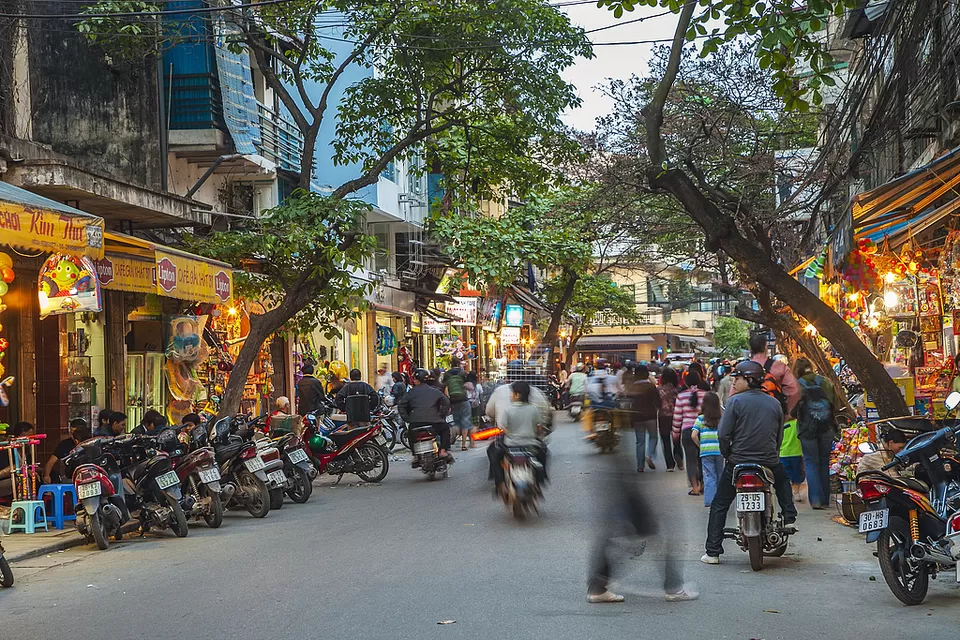
For many, the pull of a new country lies in its daily rhythms and traditions. Take Vietnam, where Loris Petro, Marketing Manager at Kratom Earth, imagines mornings fueled by ca phe sua da (Vietnamese iced coffee) and the hum of scooters weaving through Hanoi’s streets. Vietnam’s GDP grew by 6.8% in 2023 (World Bank), signaling a dynamic economy, yet 70% of its population still shops at traditional wet markets, preserving a slower, communal way of life. I find Vietnam’s balance of hustle and heart compelling—it’s a place where you can chase ambition by day and linger over pho by night, grounded in a culture that values both.
Similarly, Italy captivates Matt Little of Festoon House with its history and cuisine. With 58 UNESCO World Heritage Sites and a €237 billion food market (Statista, 2023), Italy offers endless exploration, from Roman ruins to Tuscan vineyards. Little’s vision of savoring handmade pasta and building community resonates deeply. I’ve always thought Italy’s magic lies in its ability to make every moment feel like art—whether it’s a casual espresso or a sunset over Florence. It’s no wonder 65% of Italians report strong social ties (OECD), making it a haven for connection.
Kyle Sobko of SonderCare opts for the Philippines, drawn to its caregiving culture. With 85% of households multigenerational, respect for elders shines through. I find its warmth a quiet lesson in humanity—community here isn’t forced, it’s lived.
Safety and Accessibility as Priorities
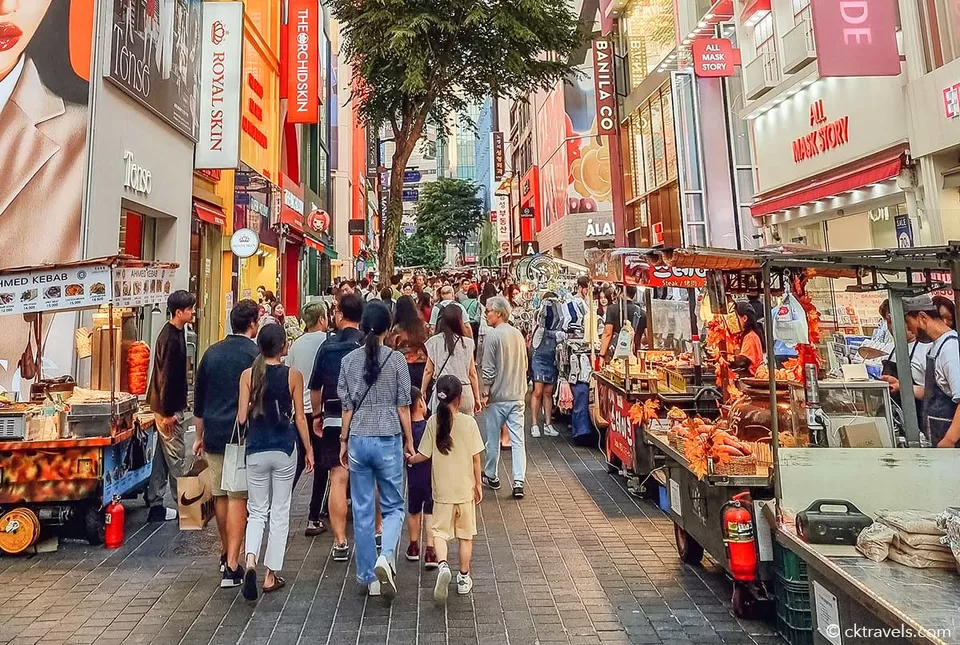
Safety and ease of exploration are non-negotiable for some. Eric Sornoso, Co-founder of Mealfan, picks South Korea for its low crime rate—0.7 incidents per 1,000 people (UNODC, 2022)—and efficient rail network, which connects 87% of major cities. The $4.7 billion street food scene is a bonus, promising culinary adventures. South Korea’s blend of urban polish and cultural depth feels like a safe bet for a year abroad. I’d argue it’s also a tech lover’s paradise—Seoul’s 5G coverage and K-pop-fueled energy make it a place where you can feel both futuristic and rooted.
The Bahamas, chosen by Matt Harrison of Authority Builders, offers a different kind of accessibility. Just a short flight from Florida, its 700 islands and $5.7 billion tourism industry beckon with aquamarine waters and a relaxed pace. The 1:1 currency peg to the U.S. dollar and English as the official language remove logistical hurdles. Harrison’s interest in marine conservation—10% of Bahamian waters are protected—adds purpose to paradise. I see the Bahamas as a reset button: close enough to home but far enough to rethink priorities under a palm tree.
Odell Joubert, COO of Dentaly Go, chooses Singapore for its order and energy. With 3.5 million daily transit riders and a cleanliness score of 91/100 (Mercer, 2024), it’s efficient yet lively. Hawker centres seal the deal. Singapore’s seamless blend of business and culture feels like a place I’d thrive in.
Affordability Meets Adventure
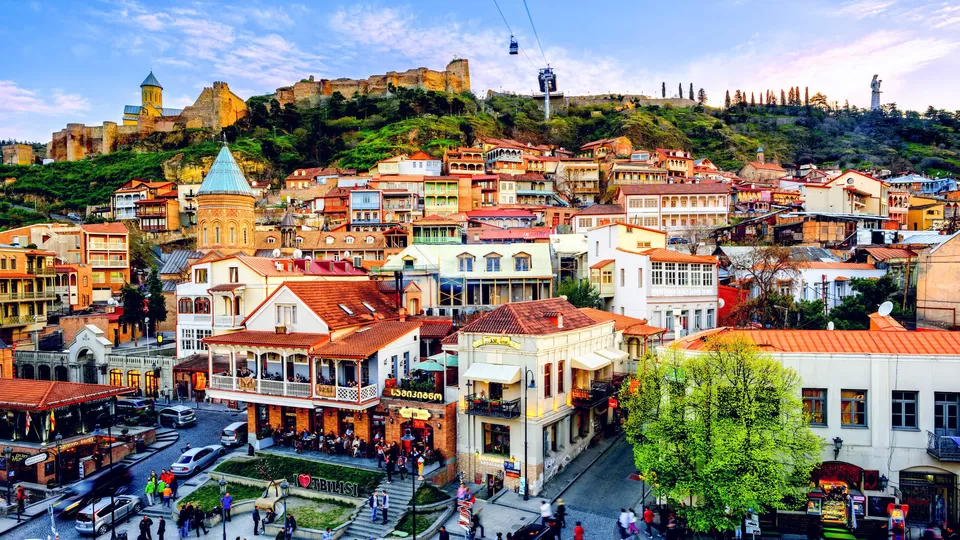
For those balancing budgets with wanderlust, affordability is key. Paul DeMott, CTO of Helium SEO, highlights Georgia (the country), where Tbilisi’s cost of living averages $800 monthly (Numbeo, 2025). With internet speeds of 120 Mbps and a hospitality rating of 92% from visitors (UNWTO), Georgia is a digital nomad’s dream. DeMott’s excitement for its Caucasus mountains and Black Sea beaches mirrors my own curiosity about places where Europe and Asia collide—Georgia feels like a secret worth uncovering.
Portugal, chosen by Burak Özdemir of Online Alarm Kur, offers similar value. Lisbon’s startup scene grew 30% in 2024 (Startup Genome), yet living costs are 40% below the EU average. Özdemir’s vision of morning work and beachside dinners captures Portugal’s laid-back productivity. I’ve always admired Portugal’s ability to pair old-world charm—think Lisbon’s tiled facades—with a forward-thinking tech vibe. It’s a place where you can code by day and surf by dusk.
Sebastian Petrosi of Howtostream.ca opts for Poland or the Czech Republic, citing affordable travel—both rank in Europe’s top 10 (UNWTO)—and rich history. I love their old-world cities and easy train access; they’re gateways to Europe’s soul.
Nature and Well-Being as Catalysts
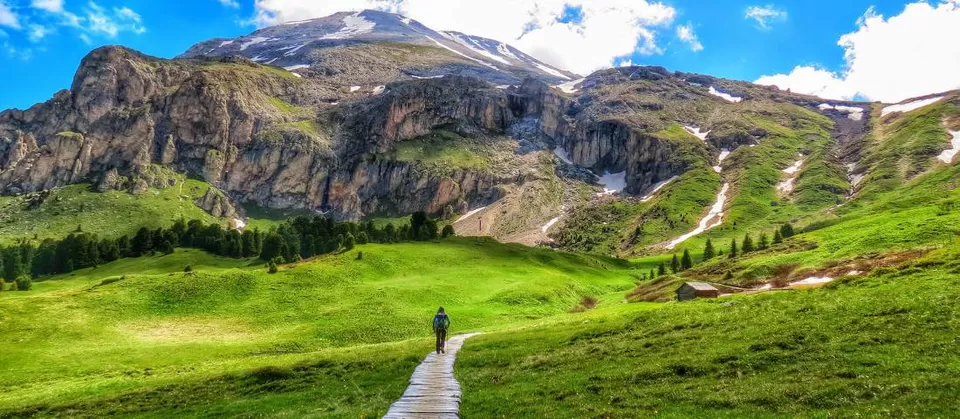
Nature often shapes the ideal year abroad. Kym Tolson, a therapist coach, selects Switzerland for its work-life balance—workers average 35 hours weekly (OECD)—and 63% mountainous terrain perfect for hiking. Switzerland’s community markets and efficient transport ease the nomadic life. I find Switzerland’s appeal timeless: it’s where you can chase ambition in Zurich and find peace in the Alps, all within hours.
Bhutan, picked by Doug Crawford of Best Trade Schools, takes well-being to another level with its Gross National Happiness index, where 91% of citizens report contentment (GNH Survey, 2023). Its 70% forest cover and strict conservation laws create a pristine escape. Bhutan’s focus on happiness over wealth challenges Western norms—I’d love to see how a year there reshapes one’s priorities.
Slovenia, chosen by Brooke Webber of Ninja Patches, blends nature with remote work. With 58% forest cover and a 95% remote work satisfaction rate (Eurostat, 2024), it’s ideal for forest therapy and focus. Webber’s idea of a retreat merging work and woods feels revolutionary. Slovenia’s quiet beauty—think Lake Bled’s emerald waters—makes it a hidden gem I’d consider myself.
Hone John Tito of Game Host Bros selects Papua New Guinea for its raw biodiversity—12% of global species (WWF)—and 850 languages. Its untouched wildness is a rare draw; I’d embrace its rugged edge.
Innovation and Tradition in Harmony
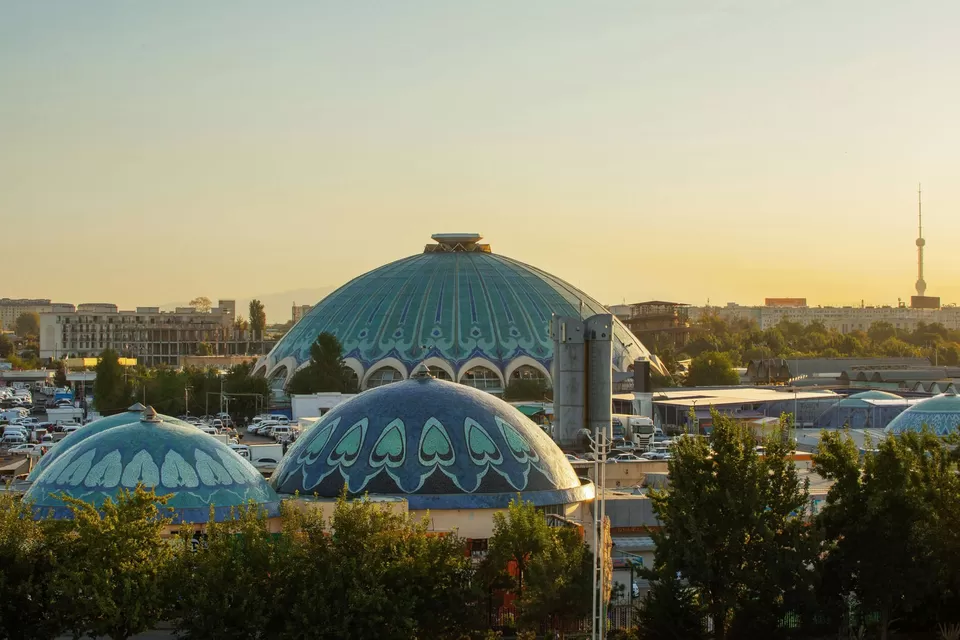
Some destinations bridge past and future. Peter Čuček of Tuuli sees Uzbekistan as a nexus of Silk Road history and digital trade, with e-commerce up 45% in 2024 (World Bank). Tashkent’s bazaars and startups offer a front-row seat to economic evolution. I’m intrigued by Uzbekistan’s ability to honor ancient markets while embracing global platforms—it’s a reminder that innovation doesn’t have to erase tradition.
Amsterdam, selected by Jayant Surana of Everyday Delta, leads in plant-based culture, with a 12% vegan population (GlobalData, 2024) and 300+ plant-based eateries. Its progressive policies and startup ecosystem align with Surana’s branding goals. I view Amsterdam as a playground for ideas—biking through its canals, you can’t help but feel inspired by its blend of history and forward-thinking.
Andrew Bates, COO of Bates Electric, selects Morocco for its climate-smart architecture—40% renewable energy (IEA, 2024). Riads and wind towers intrigue me as sustainable lessons.
Extreme Environments for Self-Discovery
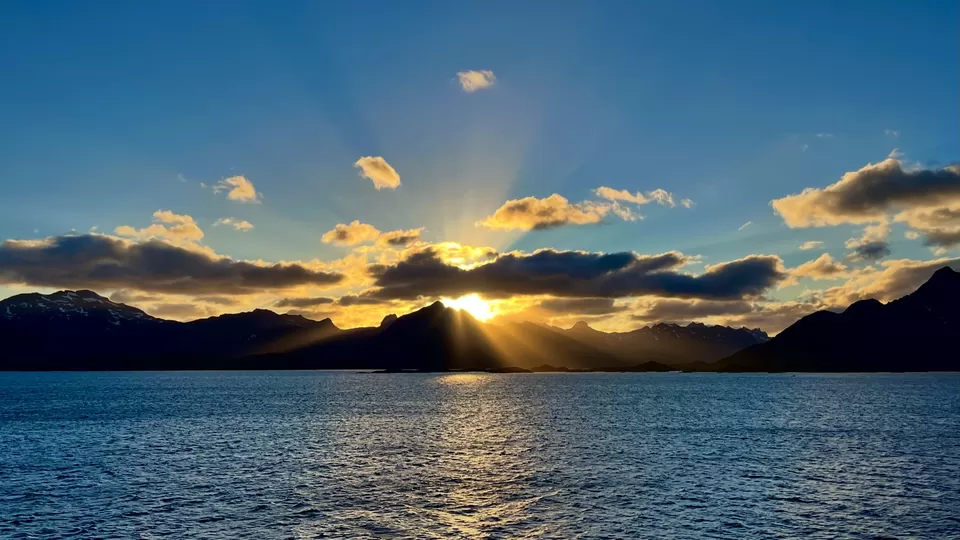
For the bold, extreme settings promise transformation. Edward White of beehiiv chooses Norway to experience its midnight sun and polar nights—Tromsø’s 24-hour summer daylight and 60-day winter darkness challenge time itself. With 78% of Norwegians reporting high life satisfaction (World Happiness Report, 2024), it’s a place to test creativity. I’d argue Norway’s extremes force you to rethink routine, making it a crucible for personal growth.
Michael Nemeroff of RushOrderTees picks Greenland, where 70 days of polar night reshape daily life. Its 56,000 residents rely on community—95% report strong ties (Statistics Greenland, 2024). Greenland’s starkness feels like a blank canvas; I’d be curious to see how its isolation sparks introspection.
Professional Growth Through New Systems

Professional curiosity drives some choices. C.L. Mike Schmidt, a personal injury lawyer, selects Australia for its transparent legal system, resolving 90% of class actions successfully since 1992 (Australian Law Reform Commission). Its coastal lifestyle—89% live within 50 km of the sea—adds balance. Australia’s fairness and openness make it a place I’d consider for blending work and adventure.
Roy L. Kaufmann, a civil litigator, chooses Germany for its precision and legal culture. With 11 million daily public transport users and 88% valuing sustainability (Destatis, 2024), it’s efficient yet vibrant. Germany’s balance of order and creativity—think Berlin’s art scene—feels like a masterclass in living well.
Cam Storey of Brisbane 360 chooses New Zealand for its service and scenery—5.8% GDP from tourism ($12 billion). Its community vibe mirrors my values.
Community and Craft as Anchors
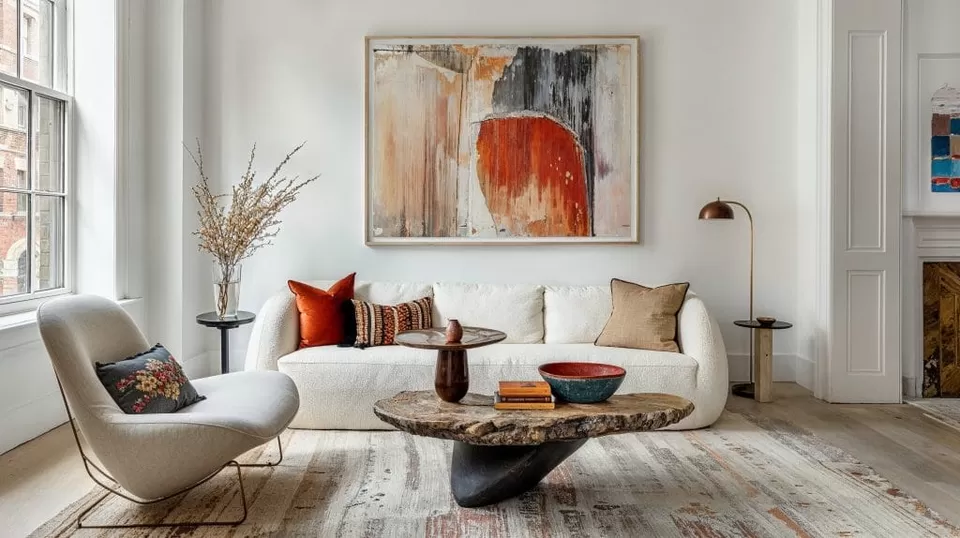
Community ties and personal passions round out the list. Sonji Huerta of Crochet Craze picks Denmark for its hygge culture and craft scene, with a 92% happiness rate (World Happiness Report). Danish minimalism inspires her crochet work. I see Denmark as a cozy cocoon—perfect for nurturing creativity in a supportive setting.
Sonny Da Badger of Support Bikers chooses France for its countryside and motorcycle culture—83,000 km of rural roads. I’d ride its historic routes too.
A World of Possibilities
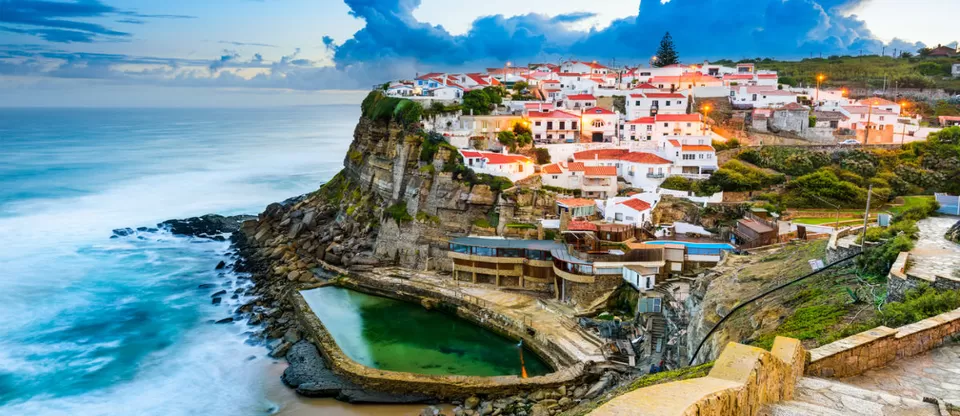
From Vietnam’s vibrant streets to Greenland’s silent nights, these destinations offer more than a change of scenery—they promise transformation. Data backs their appeal: low costs in Georgia, safety in South Korea, happiness in Bhutan. My own take? I’d lean toward Portugal for its blend of tech, affordability, and ocean views—a place to work hard and live softly. But the beauty of this question lies in its openness. Where would you spend a year, and what would you hope to find there?



